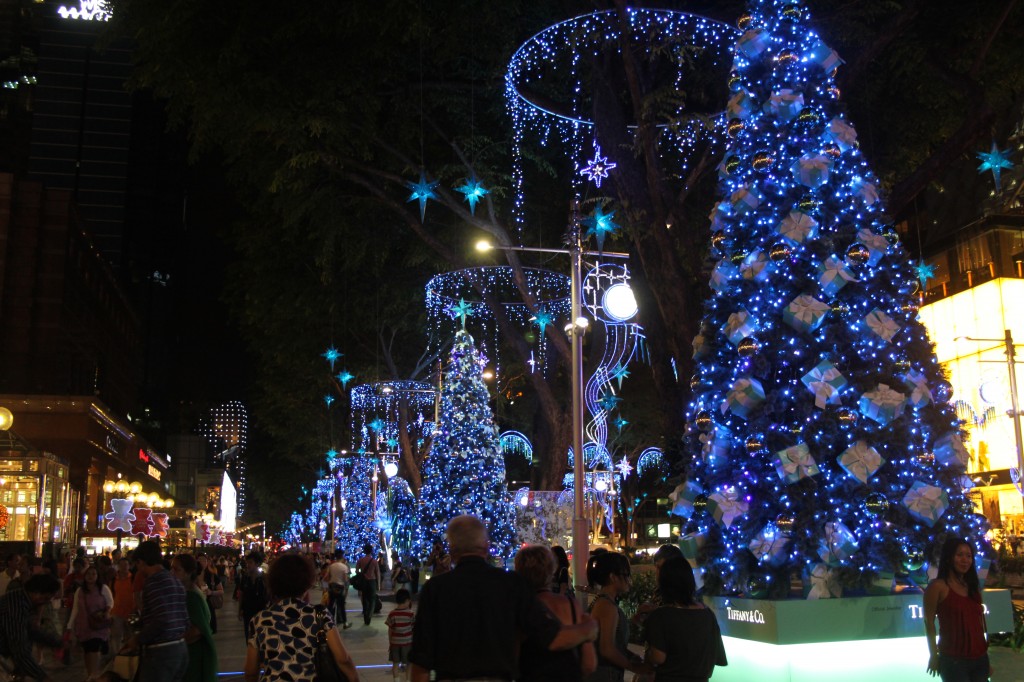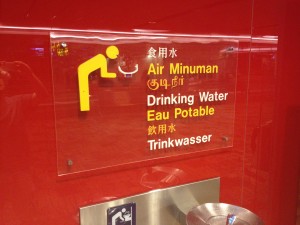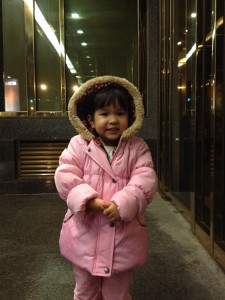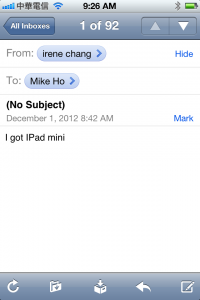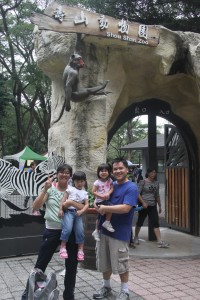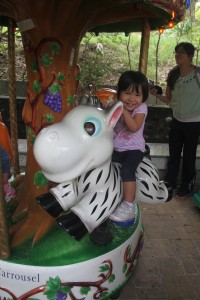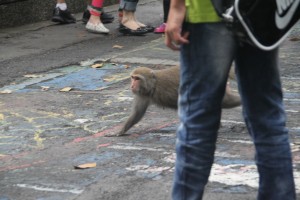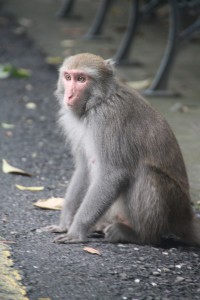This past weekend, we had the opportunity to visit Evan, Vicky and their soon-to-be 1-year old daughter in Singapore.
One of the things that I’m most impressed with about Singapore is how diverse it is — besides cities like Los Angeles, New York and London, I think it’s one of the world’s most diverse places when it comes to different people groups.
A lot of people who are not familiar with Singapore may not realize that Singapore doesn’t really have it’s own culture or ethnicity. While there are people who call themselves “Singaporean”, this is much more of a label of national identity, and not one of cultural identity.
So basically, similar to the US, Singapore is a country of immigrants. While a majority of Singaporeans typically come from China, India and Malaysia, there is also a very active (and growing) minority of White Europeans and even Americans living there as well.
A walk along Singapore’s famous Orchard Road (their equivalent to Fifth Avenue or Michigan Ave) looks very much like a walk down the road of any of US’s major, diverse cities like LA and New York (well, except for the über cheesy Christmas decorations ![]() …)
…)
But in my opinion, one key difference between the US and Singapore is how supportive Singapore is with their diversity. In the US, almost a half-century after the Civil Rights Movement, we are still struggling with how to understand and appreciate the unique asset that we have in the diversity of our people.
I had one enlightening conversation with Evan about immigration into Singapore, especially the immigration of skilled workers and how Singaporean laws go out of its way to encourage it. While in the US, companies typically have to pay $15k – $20k to get a potential skilled worker/candidate all of the necessary paperwork to process an H1-B visa, in Singapore, it’s typically about $200. Total.
And as a much more tangible example of how Singapore is with their diversity, just look at the signage everywhere. Everything from instructions to street signs are constantly showing multiple languages. I conclude with some food for thought — how many ways can a country say “Drinking Fountain”?

